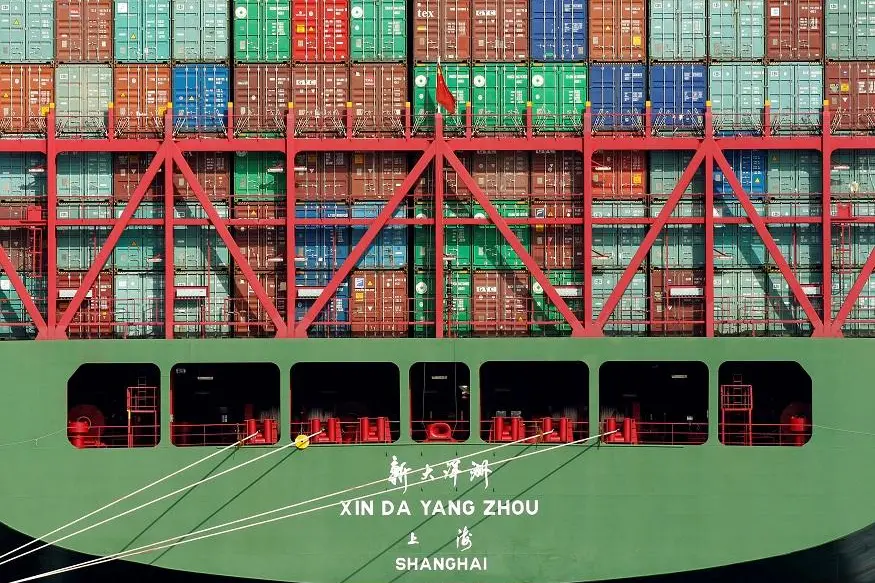PHOTO
BEIJING - The United States and China are set to impose new tit-for-tat tariffs against each other's goods on Monday, the latest escalation in a heated trade war between the world's two largest economies.
U.S. tariffs on $200 billion worth of Chinese goods and retaliatory tariffs by Beijing on $60 billion worth of U.S. products are scheduled take effect at 0401 GMT.
The two countries already exchanged tariffs on $50 billion worth of each other's goods earlier this year.
Though a senior White House official last week said the United States will continue to engage China for a "positive way forward," neither side has signalled willingness to compromise.
The U.S. official said on Friday there was no date set for the next round of talks. The Wall Street Journal reported China has cancelled upcoming trade discussions with the United States and will not send vice-premier Liu He to Washington this week.
Economists warn that a protracted dispute will eventually stunt growth not just in the U.S. and China but across the broader global economy. Worries about the confrontation have already rattled financial markets.
The trade tensions have also cast a pall over broader relations between Beijing and Washington, with the two sides butting heads on a growing number of issues.
China summoned the U.S. ambassador in Beijing and postponed joint military talks in protest against a U.S. decision to sanction a Chinese military agency and its director for buying Russian fighter jets and a surface-to-air missile system.
Trade talks in Washington last month produced no meaningful progress.
Rob Carnell, chief Asia economist at ING, said in a note to clients that in the absence of any incentives Beijing would likely hold off on any further negotiations for now.
"It would look weak both to the U.S. and at home," he said, adding that there is "sufficient stimulus in the pipeline" to limit the damage of the latest tariffs on China's growth.
"The U.S.-China trade war has no clear end in sight."
China may also be waiting for U.S. mid-term elections early next month for any hints of changes in Washington's policy stance, Carnell added.
"With generic polls favouring the Democrats, they may feel that the trade environment will be less hostile after November 6."
The U.S. administration will levy tariffs of 10 percent on the $200 billion of Chinese products, with the tariffs to go up to 25 percent by the end of 2018. Beijing's new levies will be 5-10 percent.
President Donald Trump on Saturday reiterated a threat to impose further tariffs on Chinese goods should Beijing retaliate, in line with his previous comments signalling that Washington may move to impose tariffs on virtually all imported Chinese goods if the administration does not get its way.
China imports far less from the United States, making a dollar-for-dollar match on any new U.S. tariffs impossible.
Instead, it has warned of "qualitative" measures to retaliate. Though Beijing has not revealed what such steps might be, business executives and analysts say China could withhold exports of certain products to the U.S. or create more administrative red tape for American companies.
(Reporting by Se Young Lee; Editing by Shri Navaratnam) ((vincentsy.lee@thomsonreuters.com; +86-10-6627-1277; Reuters Messaging: vincentsy.lee.thomsonreuters.com@reuters.net; follow me on Twitter @Rover829))












